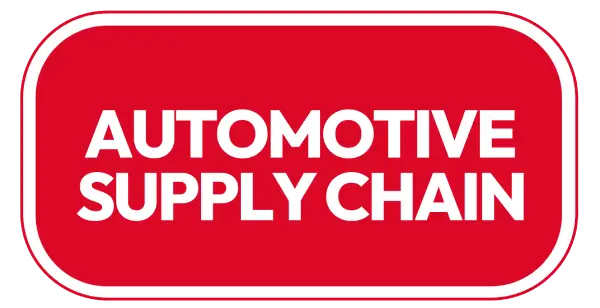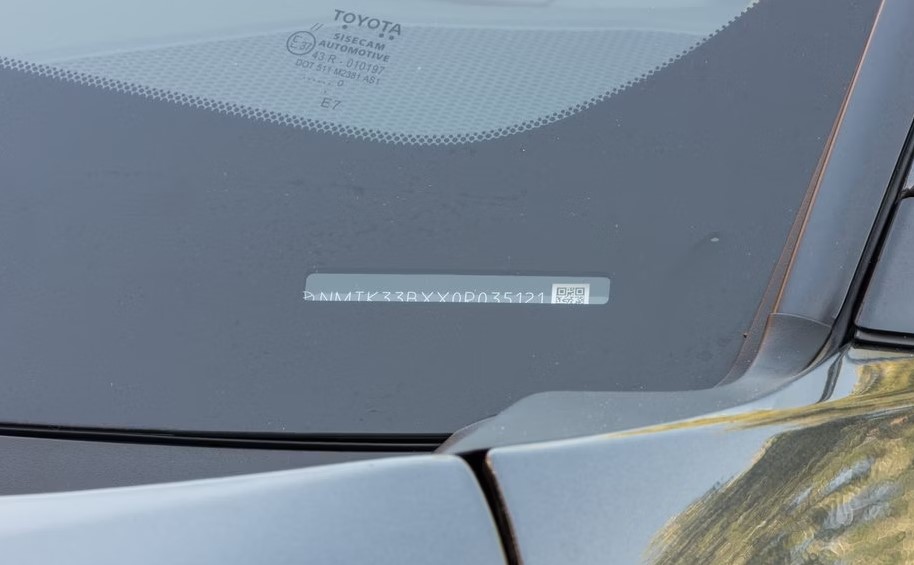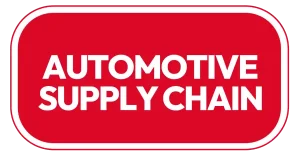The Vehicle Identification Number (VIN) is a unique 17-character code assigned to every vehicle. It acts as the car’s fingerprint, containing important details such as its manufacturer, model, production year, and origin. Whether you’re buying a used car, registering a vehicle, or conducting a recall check, knowing where to locate the VIN is crucial.
In this guide, we’ll explore the common and lesser-known locations where you can find the VIN on a car, explain its importance, and provide tips on how to use it.
What Is a VIN Number?
Before diving into where to find the VIN, let’s briefly discuss its significance. The VIN is a combination of letters and numbers, with each character revealing specific information:
- World Manufacturer Identifier (WMI): The first three characters identify the vehicle’s manufacturer and origin.
- Vehicle Descriptor Section (VDS): The next six characters provide details about the car, such as its model, body style, and engine type.
- Vehicle Identifier Section (VIS): The last eight characters include the production year, assembly plant, and a unique serial number for the car.
This number is essential for verifying the authenticity of the vehicle, checking its history, and ensuring it meets legal and safety standards.
Common Locations to Find the VIN
1. On the Dashboard (Driver’s Side)
The most common place to locate the VIN is on the dashboard, near the base of the windshield on the driver’s side. To see it, stand outside the car and look through the windshield. The VIN is usually etched or displayed on a small metal plate.
2. Driver’s Door Frame
Another typical location is the driver’s side door frame. Open the door and inspect the area where the door latches to the car, known as the B-pillar. The VIN is often displayed on a sticker or metal plate here.
3. Under the Hood
The VIN may also be found under the hood, often stamped on the engine block or firewall. This placement is more common in older vehicles but can still be seen in some modern cars.
4. On the Chassis or Frame
For trucks and some SUVs, the VIN is sometimes stamped directly onto the vehicle’s frame or chassis. This placement ensures the number remains visible even if other parts are replaced.

Additional Locations to Check
1. Inside the Glove Box
Some manufacturers include the VIN on a sticker inside the glove box for easy reference.
2. Trunk or Rear Wheel Well
Certain vehicles have the VIN stamped in the trunk area, near the spare tire compartment, or around the rear wheel well.
3. Fuel Door or Cap
Rarely, you might find the VIN on or near the fuel door. This is more common in high-end or imported vehicles.
4. Owner’s Manual
The car’s VIN is usually documented in the owner’s manual, especially if the car was purchased new.
5. Vehicle Registration or Insurance Card
Although not physically on the car, the VIN is always included in official documents like the vehicle registration or insurance card.
Why Knowing the VIN Location Is Important
1. Car History Reports
If you’re buying a used car, the VIN helps you retrieve a vehicle history report, which reveals past accidents, title issues, and service records. This ensures you make an informed purchase.
2. Recall Information
Automakers use VINs to identify vehicles affected by recalls. Locating and using your VIN ensures your car remains safe and compliant with manufacturer updates.
3. Registration and Legal Processes
When registering your vehicle or obtaining insurance, the VIN is a required piece of information. Failing to provide it accurately can lead to delays or errors.
4. Preventing Theft and Fraud
The VIN helps protect against car theft and fraud. If you suspect tampering or an attempt to obscure the VIN, it’s a red flag to investigate further or involve authorities.
Tips for Locating and Using the VIN
- Keep It Accessible: Write down your VIN and keep it in a secure place, such as with your car’s documents.
- Double-Check Accuracy: Since the VIN is a long string of characters, ensure you’ve copied it correctly when using it for reports or services.
- Use Online Tools: Websites and apps allow you to input the VIN and access details about the car, such as its history, specifications, and recalls.
- Beware of Tampering: If the VIN plate appears altered, mismatched, or missing, it could indicate issues such as a stolen car or illegal modifications.
Conclusion
The VIN is a vital piece of information for every car owner, and knowing where to find it can save time and trouble. From the dashboard to the door frame, and even the engine block, there are multiple locations where the VIN is stamped or displayed.
By understanding its importance and keeping it accessible, you can ensure smoother transactions, better vehicle maintenance, and enhanced safety. Always verify the VIN when buying or servicing a car to avoid potential legal or mechanical issues.
Do you know where your car’s VIN is? If not, take a few minutes to locate it today—it could come in handy sooner than you think!







